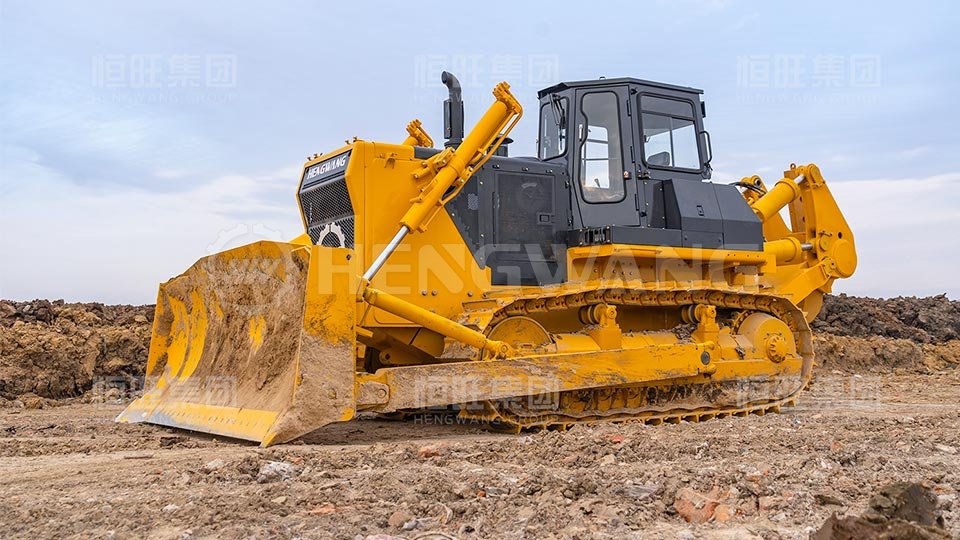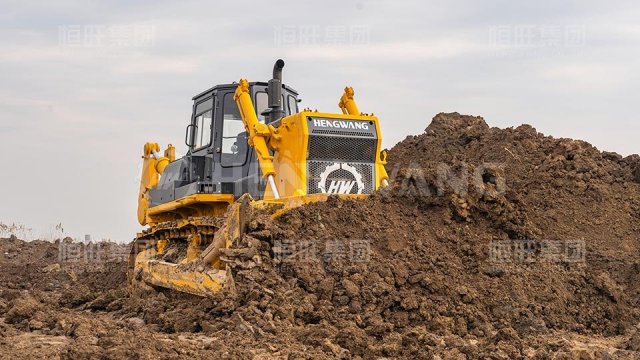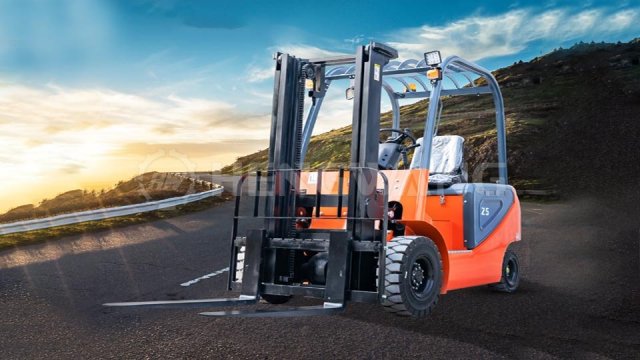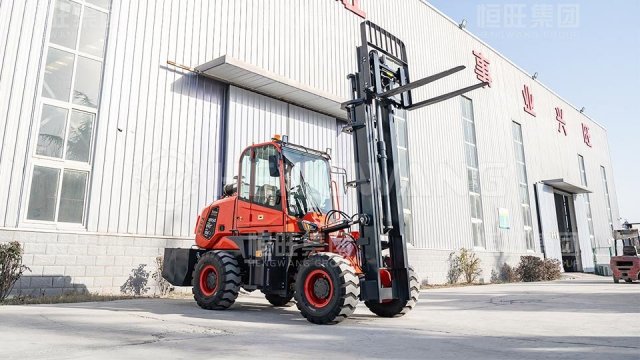The track design of the wetland bulldozer is the key to its adaptation to wetland environments. Its tracks are wider and have a smaller ground pressure, which can disperse the weight of the equipment, preventing it from getting stuck in soft wetland ground. Even in muddy areas with high water content, this design allows the wetland bulldozer to maintain stable driving and operating conditions, ensuring that the project progress is not restricted by the terrain.
In ecological wetland protection and restoration projects, the wetland bulldozer plays a prominent role. Ordinary equipment is likely to damage wetlands, while the wetland bulldozer can complete operations such as leveling and transporting with minimal environmental interference, providing strong support for the restoration of wetland ecosystems. In addition, in agricultural development and flood control projects around wetlands, the wetland bulldozer can also play an important role, balancing project efficiency and ecological protection.
The power system of the wetland bulldozer has also been specially optimized. Considering the complexity of wetland environments, the wetland bulldozer needs sufficient power to meet various operational requirements, while also ensuring fuel efficiency and operational flexibility. Advanced engines and transmission systems enable the wetland bulldozer to perform excellently in operations such as bulldozing and shoveling, and can maintain strong operational capabilities even in muddy wetlands, greatly improving construction efficiency.
In coastal tidal flat development projects, the wetland bulldozer is irreplaceable. Tidal flat areas are affected by tides, with soft ground and low bearing capacity, making it almost impossible for ordinary equipment to enter. Relying on its excellent grounding performance and adaptability, the wetland bulldozer can successfully complete operations such as site leveling and embankment construction in tidal flat areas, laying a solid foundation for projects such as port construction and tidal flat aquaculture base development.
With the improvement of environmental awareness, modern wetland bulldozers have incorporated more environmental protection concepts into their design. The application of low-emission engines reduces exhaust pollution during the operation of the wetland bulldozer, meeting international environmental protection standards. This is particularly important for foreign trade exports, as it can meet the environmental protection requirements of different countries and regions. At the same time, the operational comfort and safety of the wetland bulldozer have been continuously improved, providing a good working environment for operators and further improving operational efficiency.
Whether it is a large-scale wetland project or a small-scale wetland renovation project, the wetland bulldozer can adjust its operation mode according to actual needs, showing strong adaptability and versatility. From leveling wetland depressions to cleaning up wetland debris, from building wetland trails to assisting in wetland water conservancy facility construction, the wetland bulldozer is always a reliable partner in wetland engineering.
In summary, the wetland bulldozer, with its unique design, strong performance, and wide applicability, occupies an important position in wetlands and related engineering fields. Choosing a suitable wetland bulldozer can provide efficient and environmentally friendly solutions for wetland development, ecological protection, and other projects, making it an ideal choice for modern wetland engineering operations.

 Road Leveling Bulldozer: The Core Guarantee for Efficient Road Construction
Road Leveling Bulldozer: The Core Guarantee for Efficient Road Construction
 Off-Road Forklifts_ A Powerful Assistant for Complex Field Operations
Off-Road Forklifts_ A Powerful Assistant for Complex Field Operations
 High-Load Off-Road Forklift: A Powerful Tool for Heavy-Duty Operations in Complex Environments
High-Load Off-Road Forklift: A Powerful Tool for Heavy-Duty Operations in Complex Environments